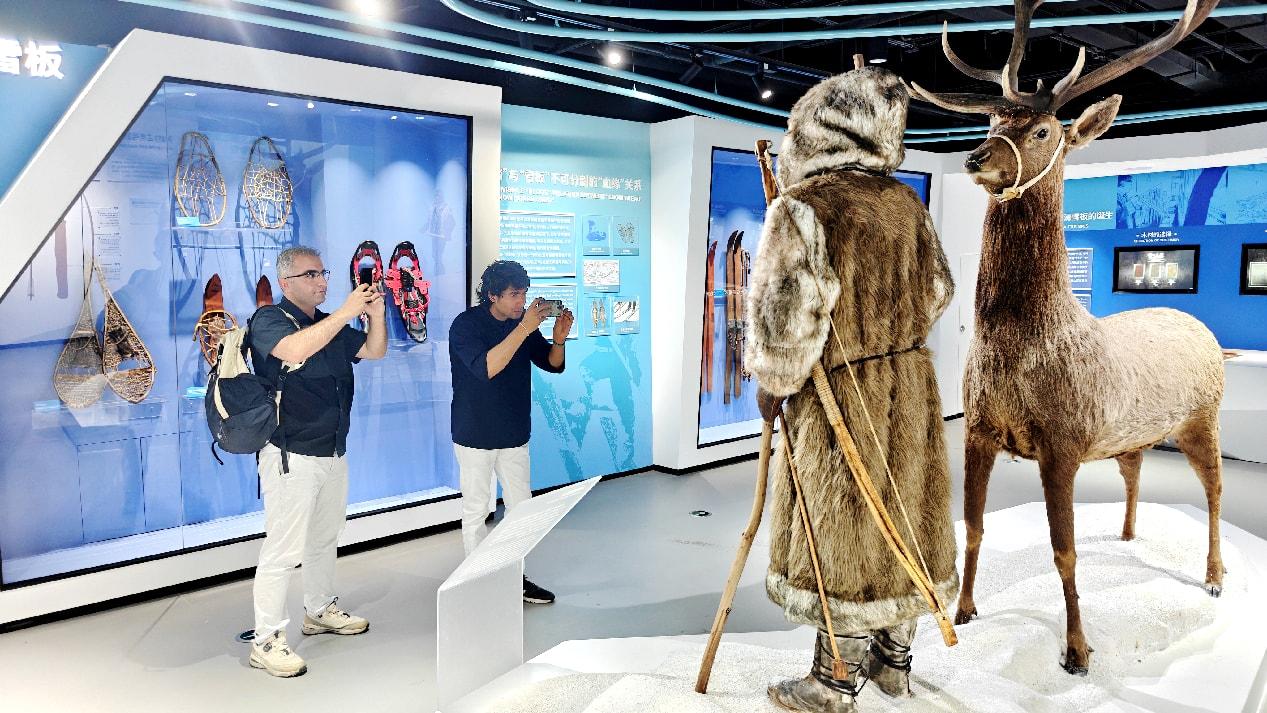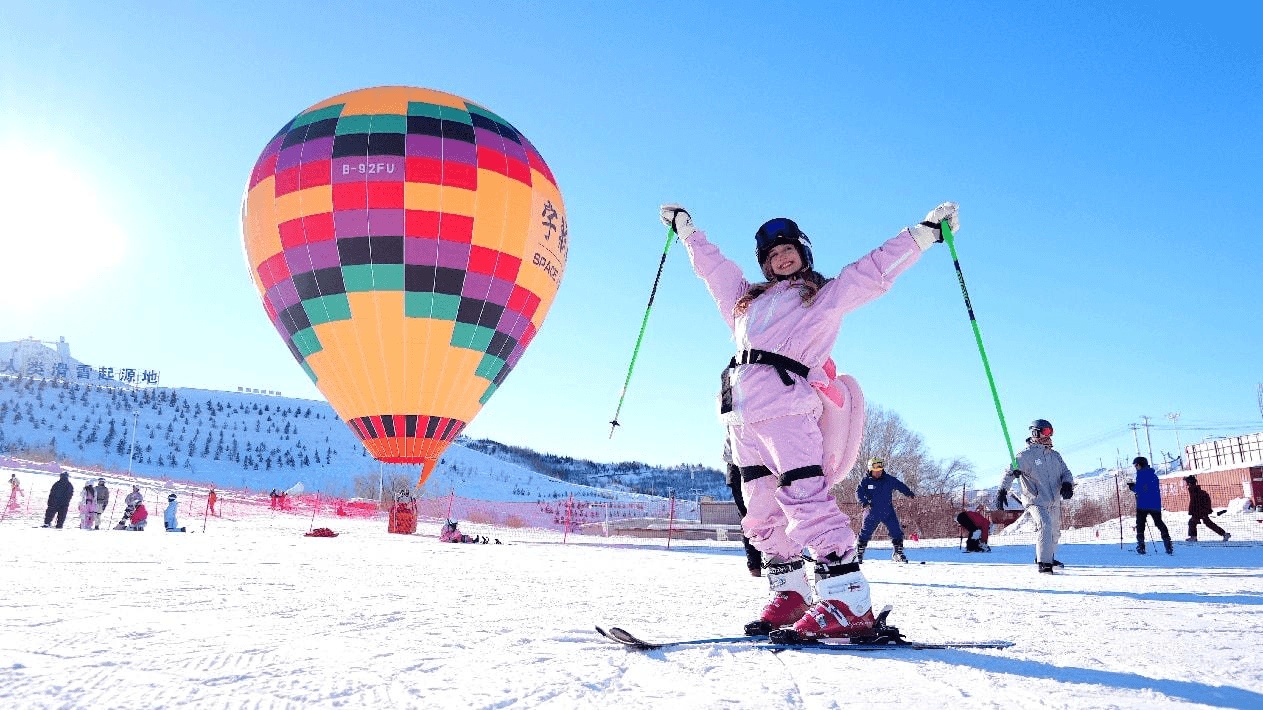
The Altay Prefecture, located in the northwest of the Xinjiang Uyghur Autonomous Region, occupies a strategic border position at the junction of China, Mongolia, Kazakhstan, and Russia. Famous for its majestic landscapes — from the crystal-clear Lake Kanas to the ancient rock formations of Koktokay — Altay is known worldwide not only as the “Snow Capital of China” but also as the recognized cradle of the world’s earliest skiing culture. At the same time, thanks to active cross-border cooperation, Altay has become a vivid example of peaceful economic and cultural integration in Eurasia.
The Origins of Skiing:
From Rock Paintings to Global Recognition Altay’s cultural and historical uniqueness lies in its deep connection with the earliest history of skiing. In 2005, local herders discovered ancient rock paintings in the Altay Valley. The images astonished researchers — they depicted hunting scenes where people used primitive skis and carried a single pole.
After detailed analysis, scientists determined that the paintings were between 10,000 and 20,000 years old, making them the oldest known depictions of skiing in the world.
This discovery led to international recognition. During an international seminar on ancient skiing culture held in Altay in January 2015, more than 30 experts from 18 countries — including Norway, Sweden, and Finland — reached a consensus: Altay was officially recognized as the birthplace of skiing. This heritage highlights the region’s profound historical bond with winter sports that has endured for thousands of years.

“The Snow Capital of China” and the Tourism Boom Altay’s location in the mountain range of the same name provides a distinctive climate. Snow covers the region for nearly a quarter of the year, and its main glacial-snow area exceeds 30,000 square kilometers — comparable to the European Alps or North America’s Rocky Mountains. In 2018, China’s National Climate Center officially designated Altay as the “Snow Capital of China.”
Thanks to record snowfall and the unique quality of its snow — light, soft, and powdery — Altay has earned the nickname “Asian Snow Paradise.” The region is rapidly developing its ski infrastructure, becoming one of the world’s leading winter destinations.
The international Jiangjunshan Ski Resort (5S level) is located only 1.6 kilometers from the central square of Altay City, making it one of the few urban-integrated ski resorts in the world.
Together with major resorts such as Koktokay and numerous county-level ski centers, Altay has established a comprehensive winter tourism network.
During the last snow season, Altay welcomed 1.408 million skiers, a 23.37% increase compared to the previous year. The resorts attract both Chinese and foreign tourists — not only from traditional winter countries like Russia, South Korea, and Japan, but even from tropical nations such as Malaysia — reflecting the growing international appeal of winter sports in China.

Cross-Border Cooperation: The Story of Jima
In this borderland, snow and mountains act as bridges, and culture serves as the foundation of good neighborliness. One of the most vivid examples of successful cross-border cooperation is the Jeminai Port, an ancient border crossing connecting four countries. Since reopening over 30 years ago, it has reestablished itself as a vital trade hub, serving as China’s most convenient gateway for trade with Kazakhstan, Mongolia, and Russia.
This prosperity has also fostered stories of friendship and success. One such story is that of Timofey Nikolayevich Pertsev, affectionately known locally as Jima, a Kazakh citizen who became an entrepreneur in China. Originally a truck driver on the China-Kazakhstan route, Jima met Guan Xinlan, who ran a small café at the port and was learning Russian to better serve foreign customers.
Their relationship blossomed, and in 2009 they married. Jima decided to settle in Altay and began helping his wife expand their business. In recent years, with improved customs efficiency and the introduction of a visa-free travel agreement between China and Kazakhstan, cross-border trade and travel have become much easier.
Seeing new opportunities, the couple moved their Russian-style barbecue restaurant to Beitun City. Jima’s journey — from truck driver to successful entrepreneur — made Altay his second home and became a touching example of peaceful coexistence.
Altay is a place where ancient history meets dynamic modern development. Its status as the birthplace of skiing gives it profound cultural depth, while the rapid growth of ski infrastructure and cross-border trade has transformed it into a thriving economic center.Here, snow serves as a unifying force, and stories like Jima’s prove that Altay stands as a successful model of cultural and economic dialogue on the Eurasian frontier.
ORIENT
